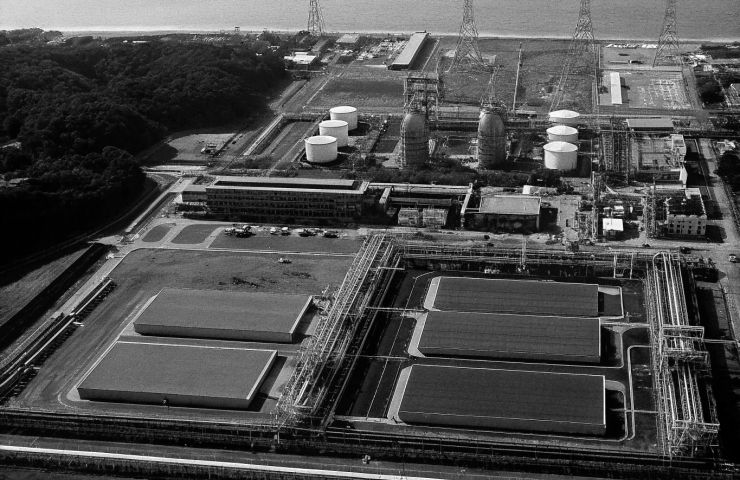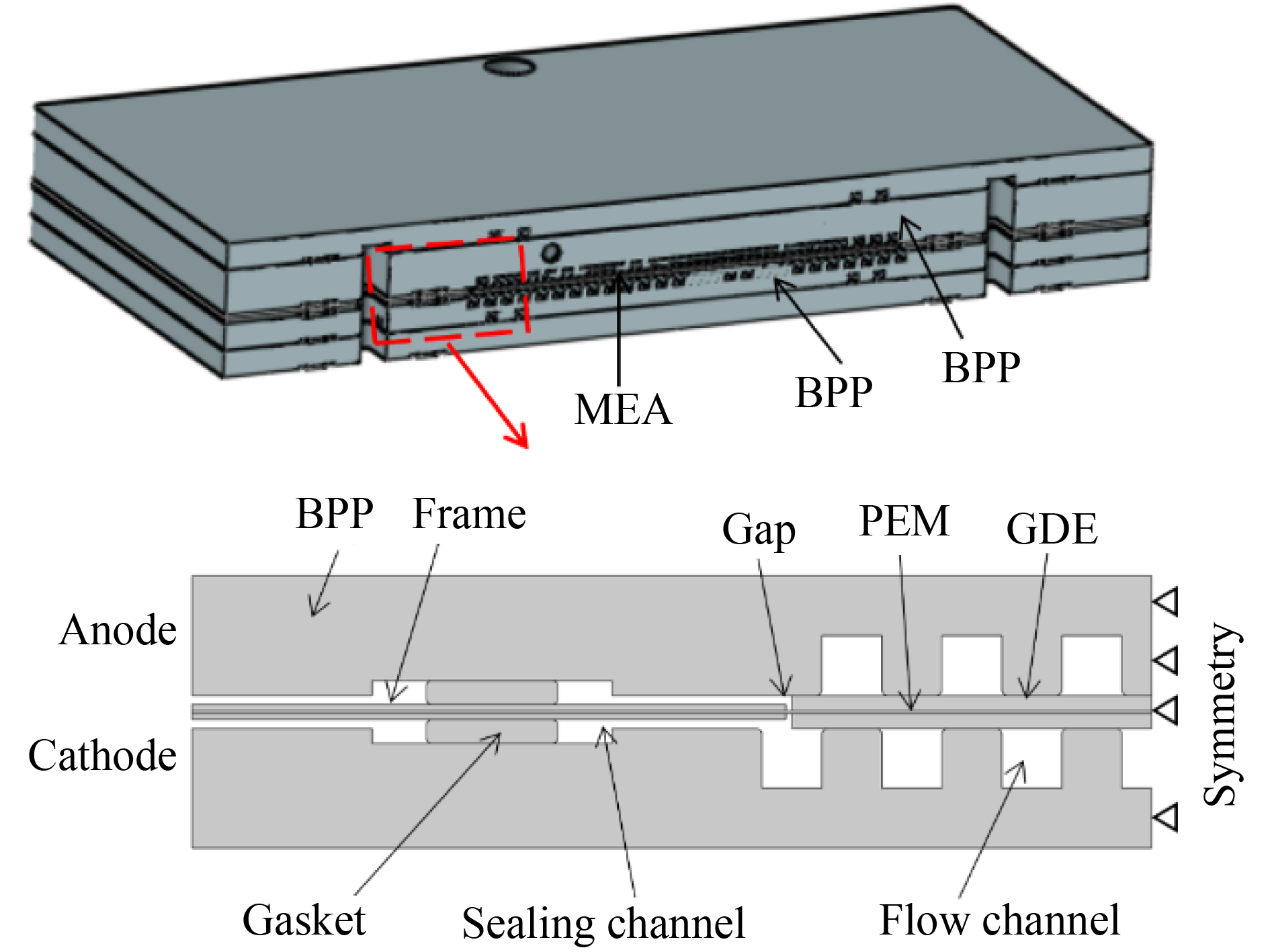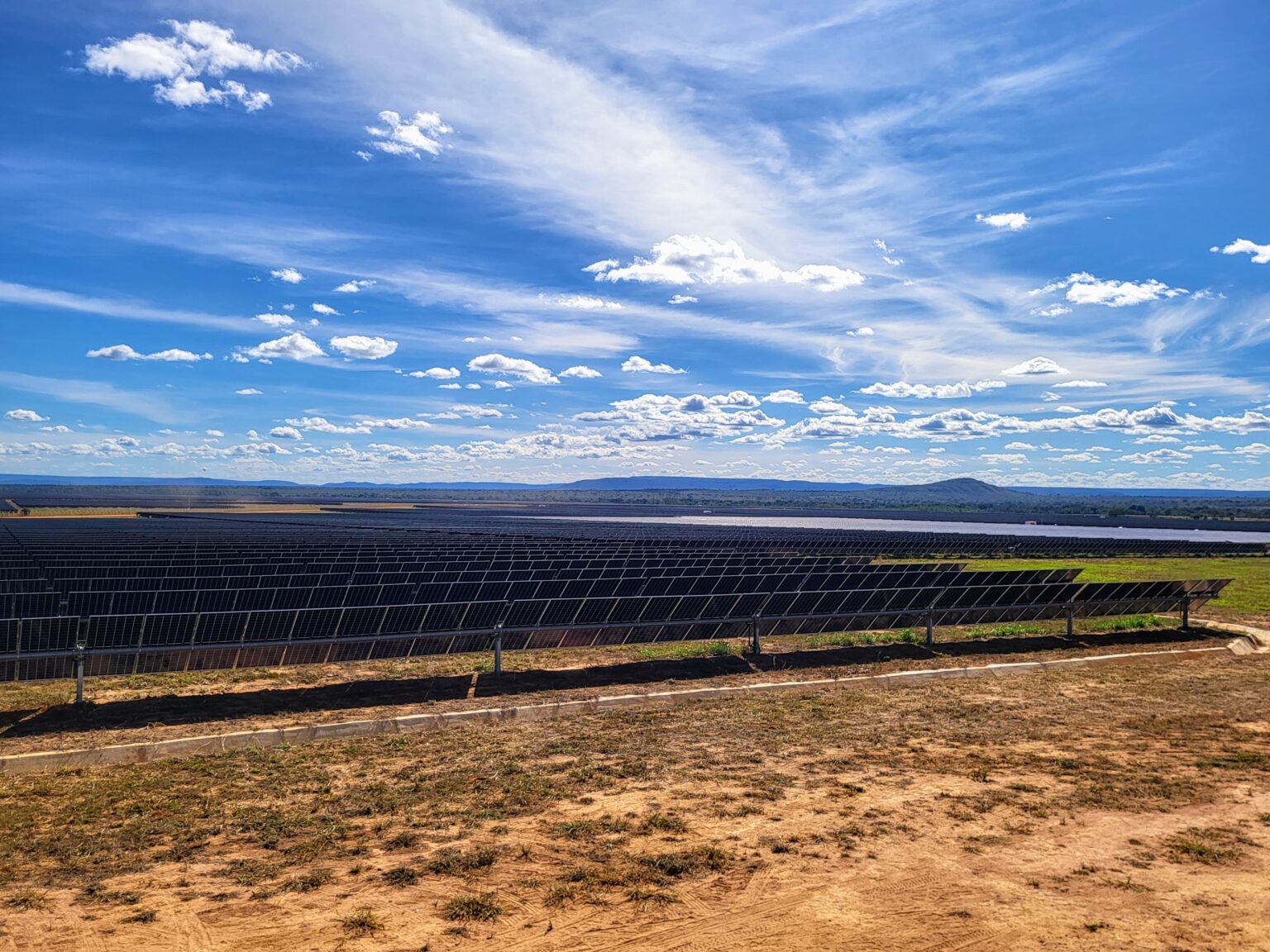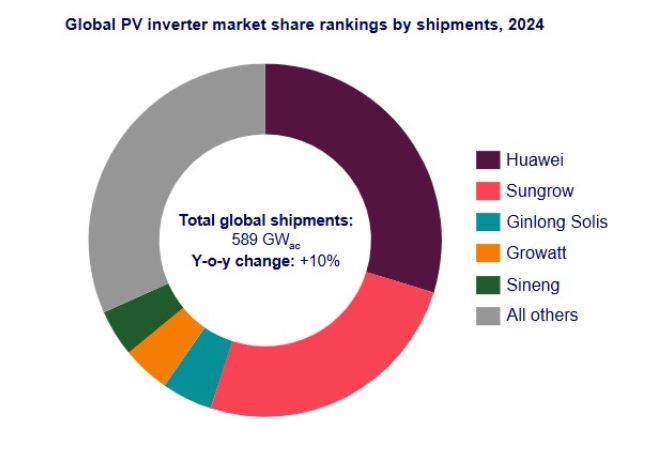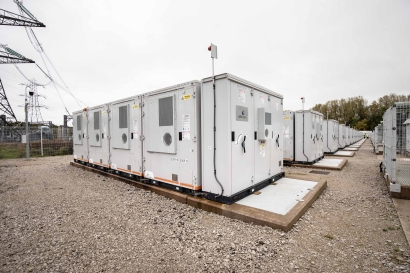New PV system sizing approach based on jellyfish search algorithm
Researchers have used the jellyfish search algorithm to optimize solar PV distributed generation placement and sizing. They have tested the algorithm on an IEEE 33-bus system, with one, two, or three PV deployment scenarios, and compared its performance with that of a dozen of competing optimization techniques.

Researchers have used the jellyfish search algorithm to optimize solar PV distributed generation placement and sizing. They have tested the algorithm on an IEEE 33-bus system, with one, two, or three PV deployment scenarios, and compared its performance with that of a dozen of competing optimization techniques.
A team of scientists from India has developed a novel method for the optimal placement and sizing of solar PV distributed generation (DG) systems.
The novel approach is based on a metaheuristic optimization technique known as the jellyfish search algorithm (JSA), which is inspired by the foraging behavior of jellyfish in the ocean. The sea creature uses two types of search mechanisms, namely diversification and intensification, which the algorithm mimics. The JSA switches between the two search mechanisms via a time control mechanism (TCM) to effectively address complex optimization problems.
The algorithm's objectives were set by the research group to minimize real power losses (RPL), minimize voltage deviation (VDI), and maximize voltage stability index (VSI).
The researchers explained that, while power system utilities supply electricity through transmission and distribution power networks, the consumers are powered through distribution power networks (DPN). “DG optimization is considered more effective than capacitor, SVC (Static VAR Compensator), STATCOM (Static Synchronous Compensator), and UPFC (Unified Power Flow Controller) since it can support the DPN with both real and reactive power injection,” they stressed.
To test the JSA, the team simulated an IEEE 33-bus system through MATLAB 2022b software. In the baseline case, without any DG inserted into the system, the RPL was found to be 210.98 k, the VDI was 1.8047 p.u., and the minimal VSI was 0.6671. When asked to optimize an IEEE 33-bus system with one PV DG, the total RPL was reduced by 51.23% and the total VDI by 1.2716 p.u., with a minimum VSI of 0.7559.
“On the other side, total RPL and VDI were reduced by 60.66% and 1.1529 p.u for two units of PV DG optimization. However, after allocating three units of PV DG systems, the RPL and total VDI were reduced by 67.01% and 1.4754 p.u. Minimum VSI was increased to 0.8848 and 0.8916 after the optimal inclusion of two and three units of PV DG systems, respectively,” the group further explained. “Simulation results indicate that JSA-optimized DG placements significantly improve system performance, achieving a substantial reduction in RPL while enhancing voltage stability and overall grid resilience.”
Following this demonstration, the team tested the JSA against other optimization methodologies, namely LSF-SCA, SCA, BSOA, GA, ALO, TLBO-GWO, WIPSO-GSA, GWO, BFOA, KHA, BA, WOA, and AIS. They were also optimized for the inclusion of single, two, and three PV systems allocation.
Their analysis showed that, for a single DG optimization, JSA results outperform LSF-SCA, SCA, BSOA, GA, ALO, and TLBO-GWO methodologies by giving maximum PL reduction and better Vbus enhancement. “Likewise, JSA-optimized two DG placements give better PL and VD minimization than LSF-SCA, SCA, BSOA, WIPSO-GSA, and GWO methodologies,” they concluded. “Furthermore, JSA-optimized three units of PV systems allocation produced superior outcomes than other methodologies.”
The novel approach was presented in “Optimized placement and sizing of solar photovoltaic distributed generation using jellyfish search algorithm for enhanced power system performance,” published in Scientific Reports. Researchers from India’s Vel Tech Rangarajan Dr.Sagunthala R&D Institute of Science and Technology, Hindusthan Institute of Technology, Mohan Babu University, Christ (Deemed to be University), and Mattu University have participated in the study.
What's Your Reaction?
























